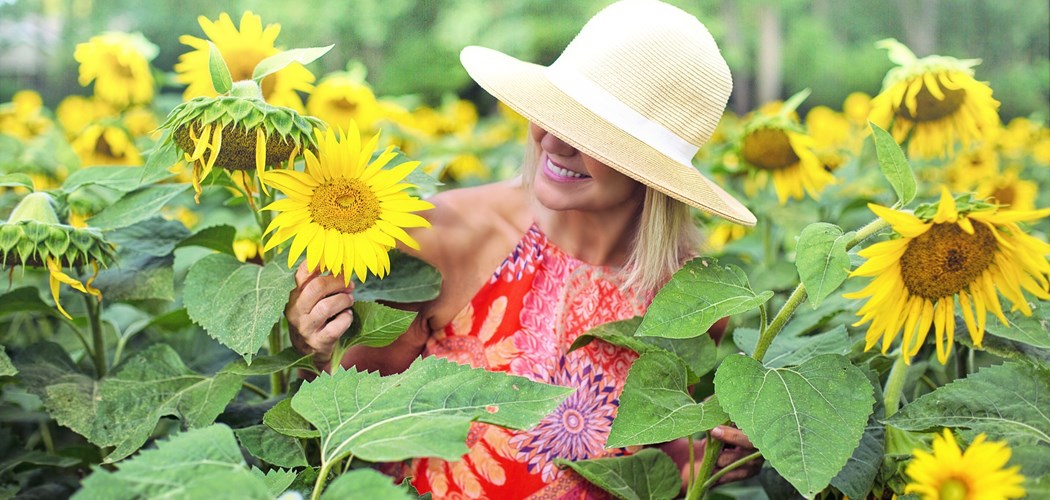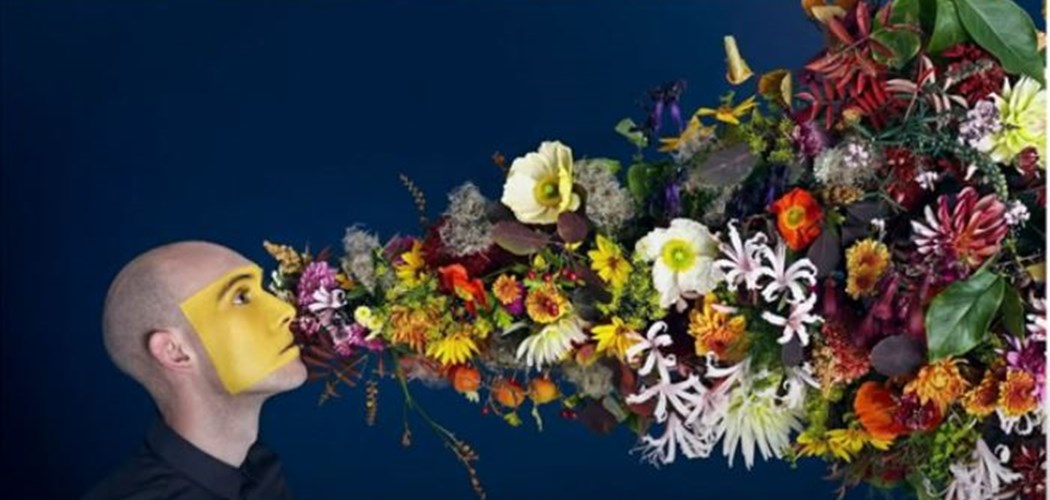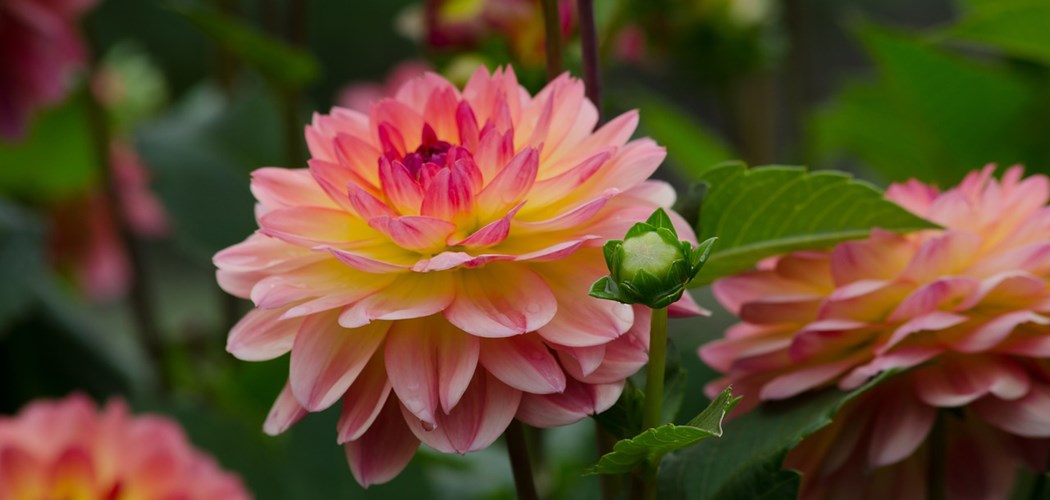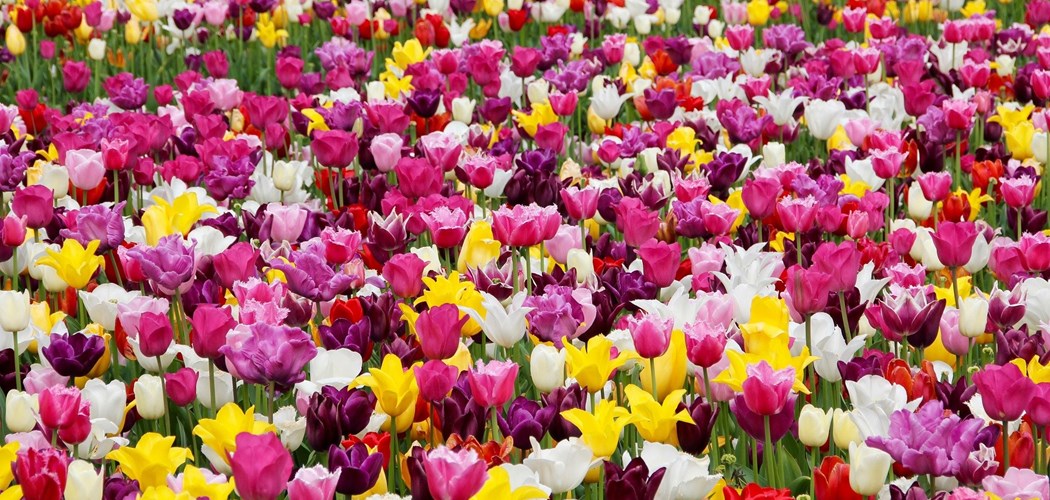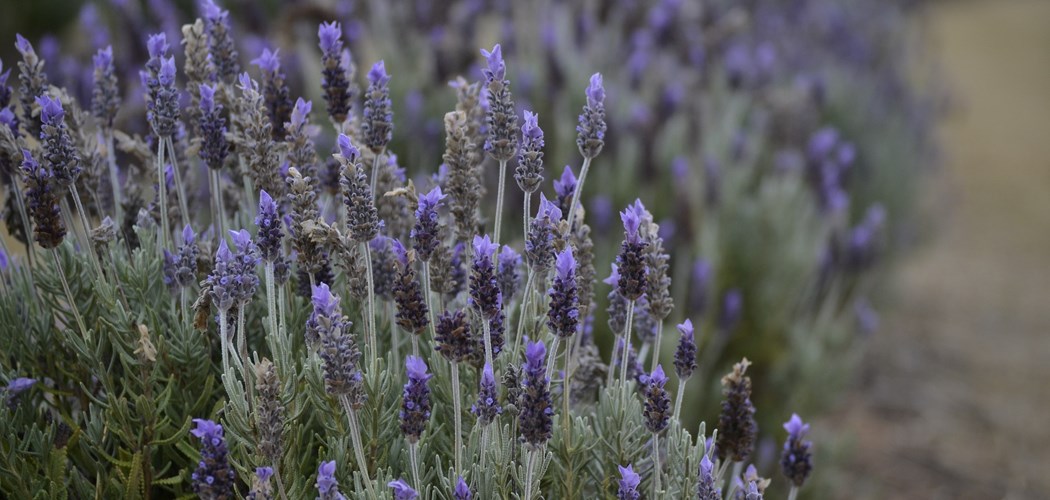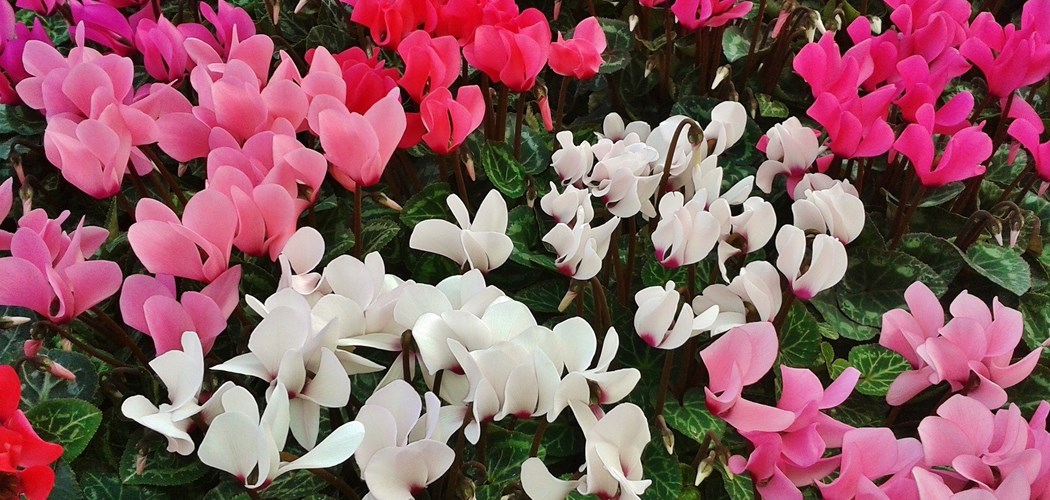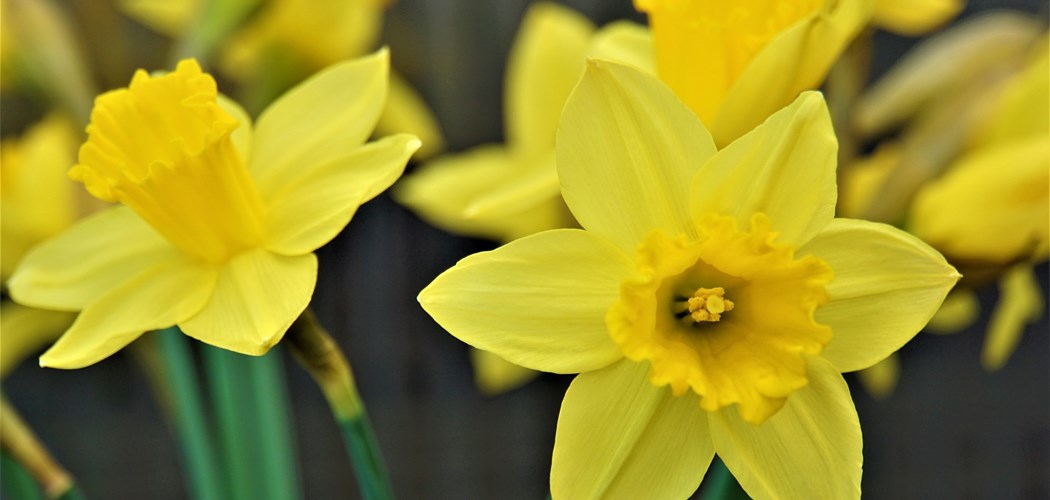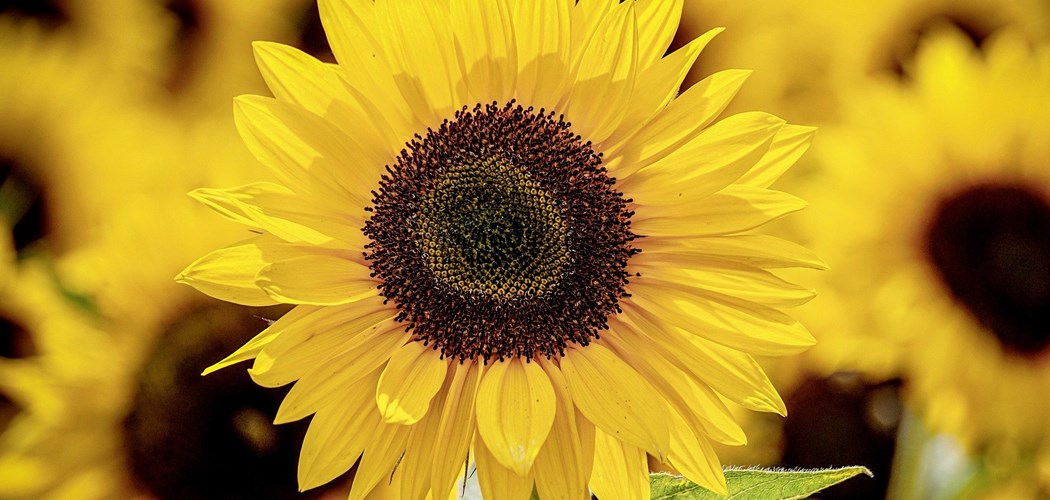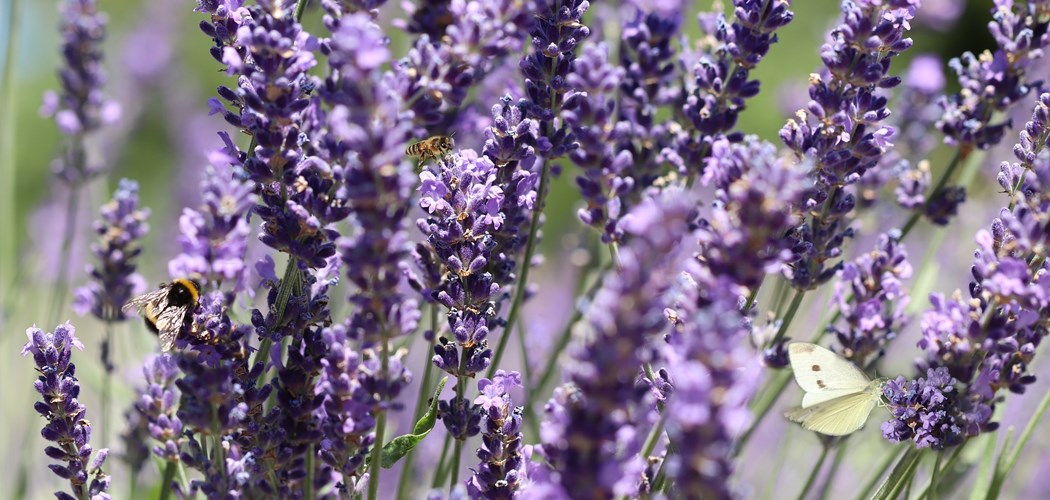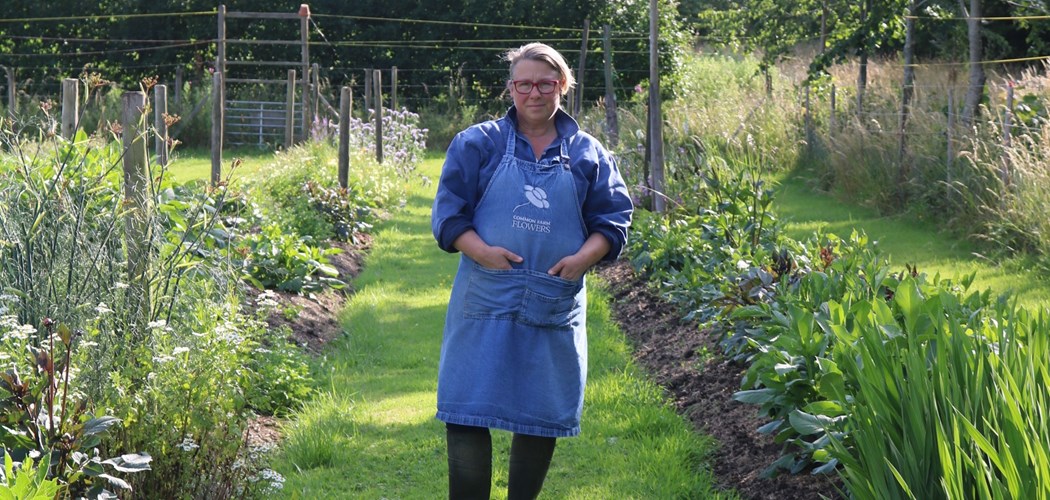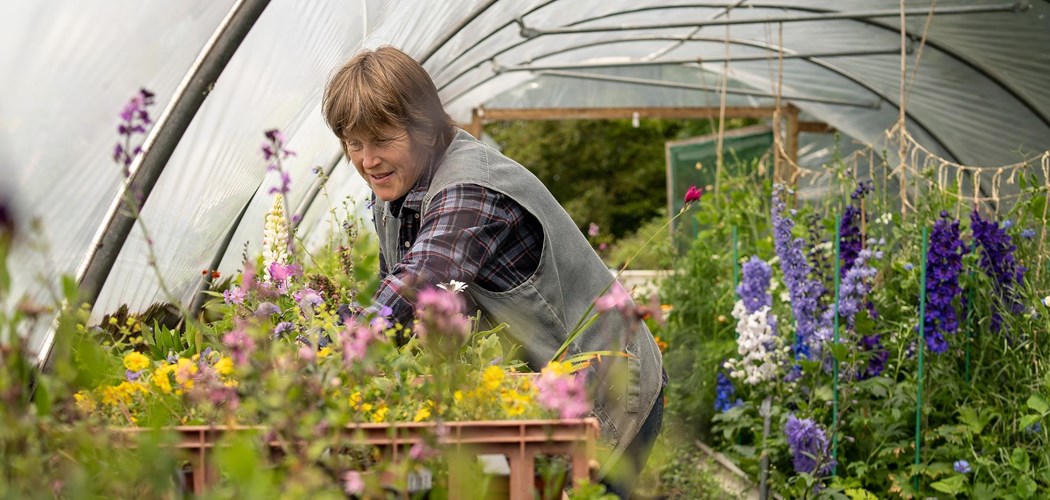
A huge range of plants from trees and shrubs to annuals and bulbs can be grown for flowers and this means that they can be harvested for nearly 12 months of the year, particularly if some form of protection is available such as glasshouses or tunnels. Supermarket and florists often focus on imported flowers that can withstand a long supply chain, so you can offer local specialities that your customers won’t be able to find in mainstream shops.
As you plan your schedule there are various things to consider. Customer demand can show strong peaks over the season such as white chrysanthemums in the winter period and early spring, so you can use this as a guide as you get a feel for your customer’s needs. This should also accommodate a good range of flower varieties, and targeting 10 or more flowers in season at a time.
You should also include rotation planning, avoiding planting by family to minimise disease and weed build up and aim to plant by harvest time to improve ease of harvest. You can also include cultivation approaches to help schedule plants. Plants grown in pots or modules can be moved in/out of protection as the season requires it, helping you to extend the season where required. Chilling of bulbs or corms (e.g. Gladioli) and successive plantings can give a good spread of flowers.
Cutting back perennials between May and June (the “Chelsea Chop”) can be suitable for many flower types such as Helenium and Echinacea can push back flowering, encourage side shoot development and will have a bigger effect the closer you come to flowering. For large stands this can be done in blocks to give waves of flowers over a period of time to avoid gluts.
Think carefully about what grow, and what will fit with your existing market and growing facilities. Some flowers are best left to the importers: the flower trade is now global with the “Big 6” (rose, carnation, chrysanthemum, lily, gladiolus and orchid) being imported from the EU, Africa and Central America. These can be purchased wholesale through the Dutch auction system and can be ordered for weekly deliveries to supplement whatever you can grow.
It is also possible to order flowers from UK producers year-round, with suppliers such as www.flowersbyclowance.co.uk and www.evolveflowers.com able to supply flowers from Cornwall and the Scilly Isles. Generally such suppliers offer a fixed range of products at relatively stable prices and allows the small-scale producer to offer a much broader range of products. Given below are a range of typical cut flower species, with guidance on flowering times to help you plan for year-round production.
Flowers from Seed
Flowers grown from seed, especially for annuals, can be easy and cheap to grow. Most crops are short terms and can be sown several times over the season to help continuity of supply, with plantings every 3-4 weeks, including the spring and autumn periods. For best results these should be sown under good conditions such as under plastic or glass, with multiple seeds down into modules to allow the plants to grow into a ready-made bunch.
Optimal temperatures will ensure good germination and give good early growth whilst helping to avoid early weed setting. As well as cut flowers, module-raised plants can be sold as an ornamental product alongside other young modules such as vegetables. Target spacing of around 30x30cm can be used as a general guide. Tall plants will need net supports in most cases, sunflowers will be self-supporting but sweet peas need a frame or canes to support.
If sowing in modular trays or root trainers use a module filling compost. For most plants optimal germination is around 20°C and a small heated cabinet can come in useful as quick germination is wanted, but plants can be grown in cold tunnels if fleece is available for spring frosts in April and May.
Perennial Cut Flowers
Perennials will need semi-permanent beds as they will crop for two or more years. These can be initially planted October/November or February/March. These will be self-supporting, although will require lifting and splitting periodically, especially if the flower numbers are reducing. You’ll need to be careful managing weeds in established beds, but fully dormant plants (showing no green) can be oversprayed with contact herbicides to help reduce the weed burden. Spacing is more variable with perennials, taller plants like Peonies will need more space but can remain planted for years and are perhaps best treated as shrubs. Be prepared to be experiment here – there are other perennials that are not traditional cut flowers but may be attractive to your customers.
Flowering Bulbs and Corms
Bulbs and corms can be a very useful group as they flower outside of the usual flower seasons, and help keep a supply to your customers. Some will be perennial, while others are b est treated as annuals. Lilies and gladioli can be planted in sequence too extend the cutting season. Daffodils can be marketed on the strength of their Welsh provenance, while these can be sold as flowering live products for longer term display.
Later Season Production
Traditional spray chrysanthemums, brought in as plug plants can be flowering into November if you plant as plugs from June through until August, although simple frost protection or fleecing might be needed into November but these are largely hardy. Plug plants can be supplied from specialist suppliers such as LRM Horticultural Services Ltd. For extra choice Zinnias, Antirrhinums, Aster, Bupleurum and Cerinthe can be easy options. If you have a tunnel that you want to use through the winter into March hyacinths could be planted in 3-5L mock terracotta pots, or medium and dwarf Narcissi such as “Jet Fire” or “Feburary Gold”. Early Narcissi (e.g. “Paper White”) planted in mid-late September will be ready to sell at the point of flowering in mid-late November. Bulbs can be purchased in wholesale from suppliers such as J Parker Dutch Bulbs (Wholesale) Ltd.
Download the full article here: Growing Cut Flowers Year Round
Related Pages
Opportunities and practical information for growers looking to start flower farming in Wales
Are you new to flower farming in Wales? Are you looking to diversify into flower farming? In this article, Tyfu Cymru give some starting points from Brexit to blooms…
6/10/2021 4:31:16 PMTyfu Cymru - Electric Daisy Virtual Study Tour
We have (safely) captured a Virtual Study Visit with Fiona at Electric Daisy Flower Farm to bring you a glimpse of her business and her journey highlighting the challenges and opportunities along the way.
5/4/2021 9:55:10 AMWebinar - Flower Network - Starting Dahlias from tubers and cuttings
In this webinar Robert Evans from Pheasant Acre plants an Award-winning Dahlia Expert shared his knowledge on these wonderful plants.
3/31/2021 5:57:42 PMWebinar: Tyfu Cymru: Flower Network - Soil Health and how to unlock nutrients for flowers
Elizabeth Stockdale currently leads the Soil Biology and Soil Health Partnership funded by AHDB and BBRO. In this seminar she draws on the findings from a range of sectors to draw out key principles for flower growers; and also share some of the spec…
2/24/2021 1:24:32 PMWebinar: An introduction to commercial lavender production
This session explored the basics of establishing a lavender operation as part of your current horticulture enterprise. ADAS technical advisor Chris Creed covered varieties, crop husbandry, added value, and costs and considerations.
2/10/2021 1:40:45 PMWebinar: Cut Flower Production - Extending the season
One of the main barriers for people wishing to work with British Flowers is the limited availability of flowers between the months of November and March. This workshop explores methods of extending the season of cut flower production, looking initial…
1/25/2021 3:22:52 PMWebinar - Daffodil Crop Protection
The webinar covers the latest updates and best practice for plant protection in field daffodil production, with particular focus on disease and weed control. This includes an update on the performance of new and existing herbicides for weed control i…
1/25/2021 3:19:10 PMSunflower Webinar
Tyfu Cymru hosted a webinar on sunflowers as there is currently a lot of interest in the crop both from farm tourism pick your own and the cut flower growers. This crop is relatively simple to grow and being a combinable crop has more options for wee…
12/14/2020 11:25:23 AMTechnical Advice Sheet: Growing Sunflowers
Sunflowers can make a very attractive addition to wide range of businesses. They can be sold alongside a range of other products, and due to the long flowering season this can even stretch into the autumn to coincide with pumpkins in the run up to Ha…
11/16/2020 11:39:21 AMTechnical Advice Sheet: Growing Lavender
Lavender can be a new and unusual crop that can be integrated into a range existing grower holdings, and it can even integrate well with other products such as honey if you have hives on site.
11/16/2020 11:29:37 AMWebinar: The Flower Farmer's Year
The Flower Farmer’s Year session looks at how Georgie Newbery - the flower farmer and florist who began Common Farm Flowers ten years ago, run their year. They grow about 250,00 stems a year for cutting, they are a retail business and have a very str…
11/13/2020 5:12:22 PMTyfu Cymru - Electric Daisy Virtual Study Tour
We have (safely) captured a Virtual Study Visit with Fiona at Electric Daisy Flower Farm to bring you a glimpse of her business and her journey highlighting the challenges and opportunities along the way.
7/29/2020 11:40:49 AMShould we say no to floral foam?
There is no escaping the growing consumer and media interest surrounding plastic waste and the implications on the environment. In fact, Google trends show that interest in the topic has risen by a staggering 300% over the last 3 years.
12/16/2019 1:37:47 PM
